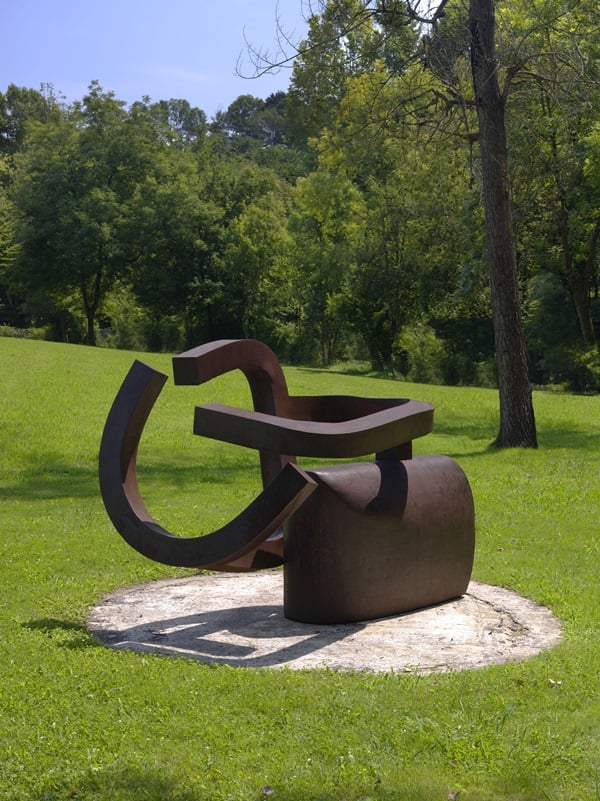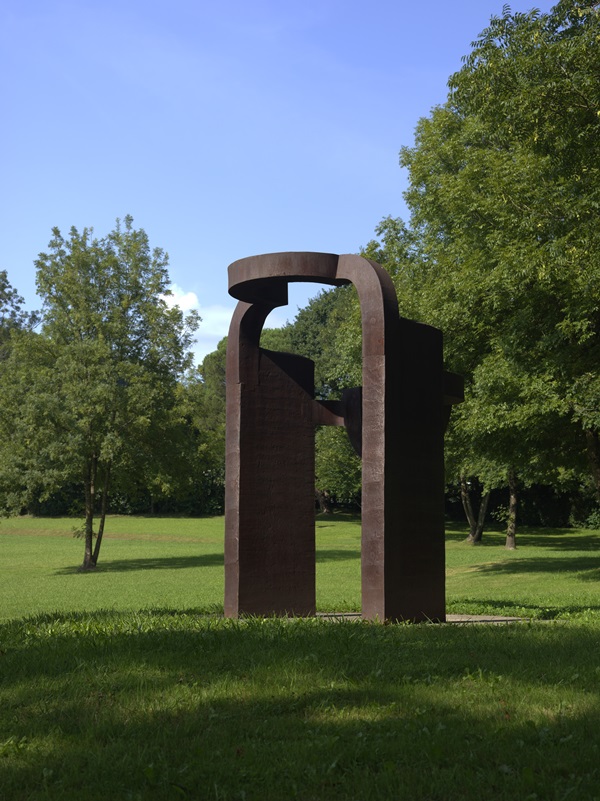Analysis
Pilar Ordovas Inaugurates New York Pop-Up with Major Eduardo Chillida Show
It's his first big show in New York in 35 years.

It's his first big show in New York in 35 years.

Eileen Kinsella

Pilar Ordovas has set her eyes on New York. The former Christie’s contemporary art specialist is staking a (temporary) claim in the city via her eponymous London gallery, which launches with a posthumous show of eight monumental works by Spanish sculptor Eduardo Chillida on October 30.
It’s likely no coincidence that the opening of the show coincides with the beginning of the fall auction season; the temporary space at 488 Madison Avenue is a stone’s throw from Christie’s Rockefeller Center location. “Chillida: Rhythm-Time-Silence” was organized in collaboration with the artist’s estate in San Sebastián, and will include rarely seen works from the 1990s and early 2000s, some of which are expected to fetch millions.
It has been over three decades since the Spanish sculptor’s work was shown in New York. Ordovas said this marks her third exhibition of Chillida and the first monographic presentation of his work in the city since the 1980 Guggenheim Museum exhibition. “A long overdue survey, it will surely increase awareness of his major innovations in the field of sculpture,” she said in a statement.
Included in the show is a large-scale sculpture entitled Arco de la libertad (1993), shown alongside Peine del viento XIXX (1999) from his well-known “Wind Comb” series—a group of giant steel forceps that extend from cliffs in San Sebastián that are meant to symbolize man’s connection with nature. “Because I am so conditioned by space, I have always been interested in time,” the artist wrote. “In fact, my time is very slow: traditional time—that of the clock—does not interest me. I am interested in a concept of time that is about harmony, rhythm, and dimensions.”

Eduardo Chillida, Arco de la libertad, (1993).
Chillida Belzunce Family Collection © Zabalaga-‐Leku, DACS, London, 2015.
The artist first trained to be an architect before turning his attention to drawing and ultimately settling on sculpture. He worked with clay during a stint in France, but returned to the Basque region in Spain in the early 1950s, and discovered the merits of local steel. He won the International Grand Prize for Sculpture at the 1958 Venice Biennale, and soon after traveled to the US for the first time, where he met fellow minimalist Mies van der Rohe. This period marked a turning point for the artist, who produced an extraordinary body of work over his five-decade career, and passed away in 2002.
Chillida’s departure from corten steel and his exploration of light are represented in two smaller, later stone sculptures, a carved granite work Lo profundo es el aire XVIII (1998) and an alabaster work Arquitectura heterodoxa IV (2000).
In a 1997 interview with Sculpture Magazine, the artist said, “My work is a rebellion against gravity.” The massive works on display will offer visitors the chance to believe him.